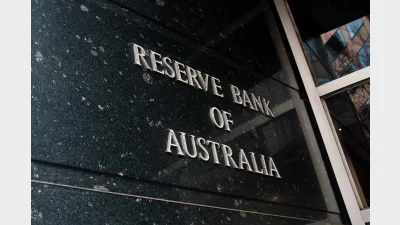Portfolio disclosure obligations likely to increase costs



Any move to impose portfolio disclosure obligations on superannuation funds carried with it the likelihood of imposing higher costs and administrative burdens, according to Franklin Templeton Investments managing director Maria Wilton.
Speaking during a panel session during the Conference of Major Super Funds (CMSF) on the Gold Coast, Wilton cited the cost estimate generated by the Australian Institute of Superannuation Trustees (AIST) of $100,000 per fund as being indicative of the upper end of the impact of the regime currently being proposed for implementation.
Wilton also warned that such a regime which revealed the total make-up of portfolios being run by superannuation funds ran the risk of gaining the attention of interest groups.
"There exists a real risk that interest groups will trawl for things they don't like and this is likely to create distractions for funds," she said.
Wilton suggested the move could also give rise to further short-termism as funds looked at the portfolios of other funds and were therefore tempted to chop and change.
Morningstar Australia chief executive Anthony Serhan differed with Wilton, suggesting that it might be a positive manifestation in terms of keeping members informed and generally safeguarding the broader super system. He said it would serve to bring to life portfolios by revealing what is in them.
Recommended for you
The central bank has announced the official cash rate decision for its November monetary policy meeting.
Australia’s maturing superannuation system delivers higher balances, fewer duplicate accounts and growing female asset share, but gaps and adequacy challenges remain.
Global volatility and offshore exposure have driven super funds to build US-dollar liquidity buffers, a new BNY paper has found.
Less than two in five Australians are confident they will have sufficient assets to retire and almost three-quarters admit they need to pay greater attention to their balance, according to ART research.









